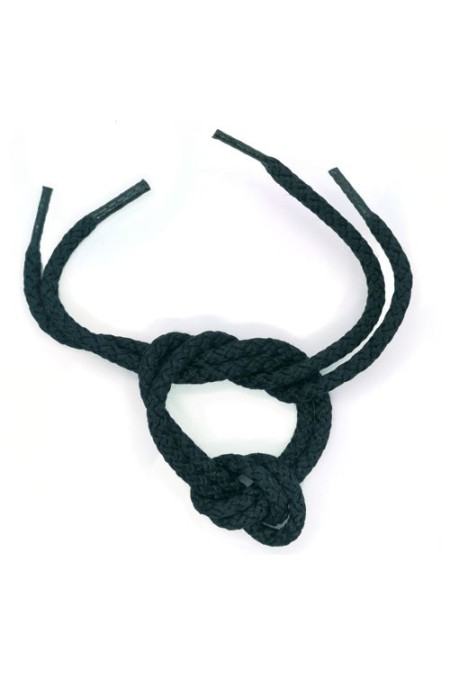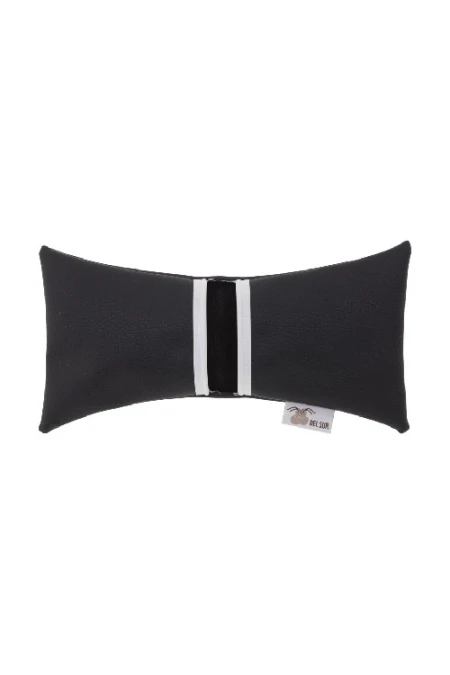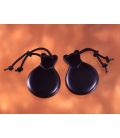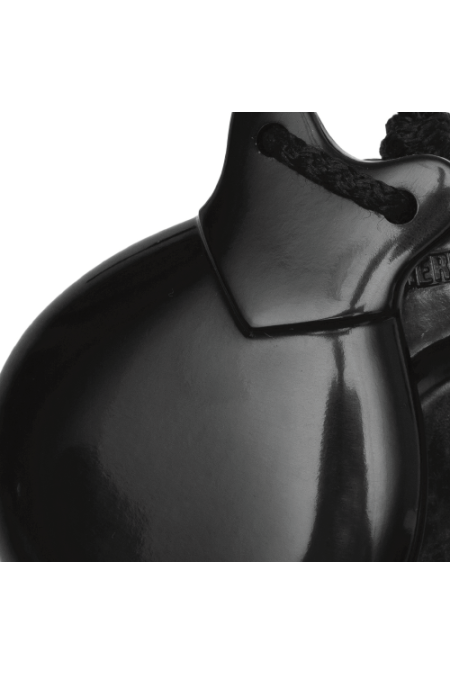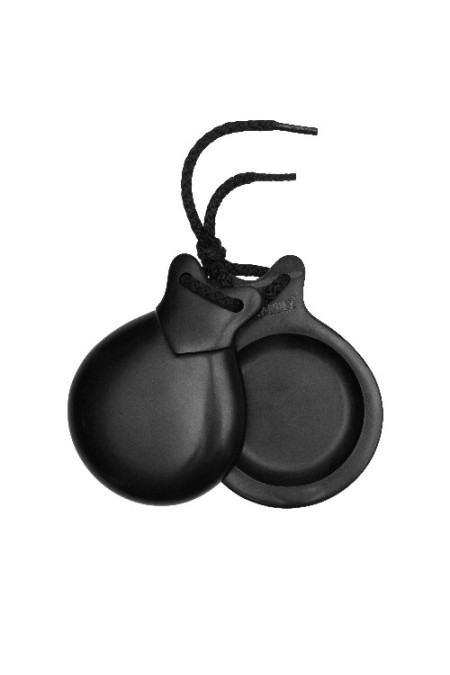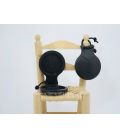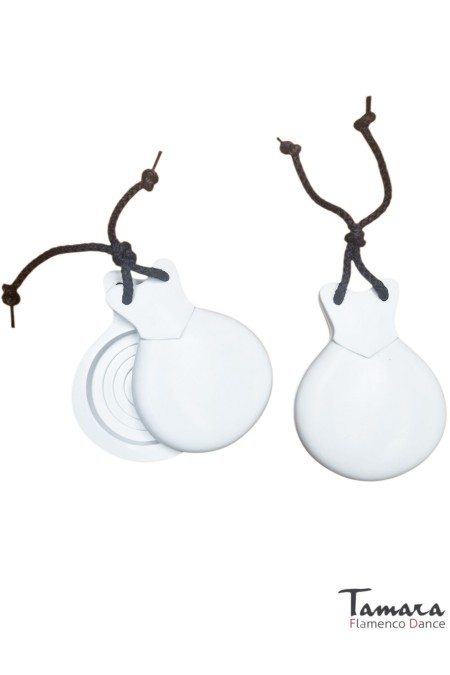Castanets
Explore our collection of flamenco castanets, available in various materials and sizes. From beginner-friendly models to professional castanets, find the perfect sound for your rhythm with the quality and expertise of TAMARA Flamenco.
Flamenco castanets: rhythm and artistry in your hands
Flamenco castanets, also known as “palillos” in Spanish, are among the most iconic percussion instruments in Spanish music and dance. Their unique sound complements footwork and singing, adding energy, elegance, and rhythmic depth to every performance.
Used in both flamenco and Spanish classical dance, castanets have evolved from traditional wooden versions to modern models made from high-performance materials like fiberglass — improving durability, resistance to weather changes, and sound projection.
At TAMARA Flamenco, we offer a carefully curated selection of professional castanets and beginner options, handcrafted in Spain by expert artisans. Each pair is designed to help you develop your skills and elevate your performances.
Learning to play castanets is a beautiful journey — and it all begins with the right instrument.
High-quality materials for a perfect sound
Our catalog includes castanets made from fiberglass, veined fiber, pressed fabric, and veined granadillo. Each material offers specific acoustic characteristics to suit different levels and performance contexts.
Fiberglass castanets provide powerful, sharp sound projection — ideal for open-air performances. Veined fiber is preferred by many professional flamenco and Spanish dance performers for its clear, expressive tone, especially on stage or in theaters.
For small spaces or recordings, pressed fabric offers a deeper, more controlled tone. And if you're looking for a warm, natural feel with fiber's durability, veined granadillo is the perfect balance between tradition and innovation.
We offer a variety of sizes and finishes to ensure the best fit and feel in your hands.
How to choose and play your castanets
Start by choosing the right pair: the higher-pitched castanet goes on the right hand, and the deeper one on the left. Our professional models feature a small marking on the right-hand castanet for easy identification.
Proper positioning on the thumbs and tension of the cords are essential for achieving good resonance. Castanets that are too loose or too tight will affect your technique and sound quality.
Flamenco castanet technique is based on five key elements: carretilla (a rolling four-beat movement), tan, tin, tian, and posticeo (a closing clap of both castanets). Mastering these combinations brings your rhythm to life and creates an expressive, percussive dialogue with the dance.
Whether you're just starting out or preparing for the stage, we have castanets for every level and performance need.
Buy your flamenco castanets online with confidence
At TAMARA Flamenco, you can buy castanets online easily and securely. We carry models for students, performers and professionals — all tested for quality, balance, and comfort.
Choose your material, size and color. The most popular finishes are black and brown, as they offer a discreet and elegant appearance on stage.
If you’re unsure which size or material to choose, feel free to contact us at [email protected] or by phone at +34 956 347 489. Our expert team will be happy to assist you.
With years of experience and thousands of satisfied dancers, TAMARA Flamenco is your trusted source for quality and tradition in flamenco castanets.











































